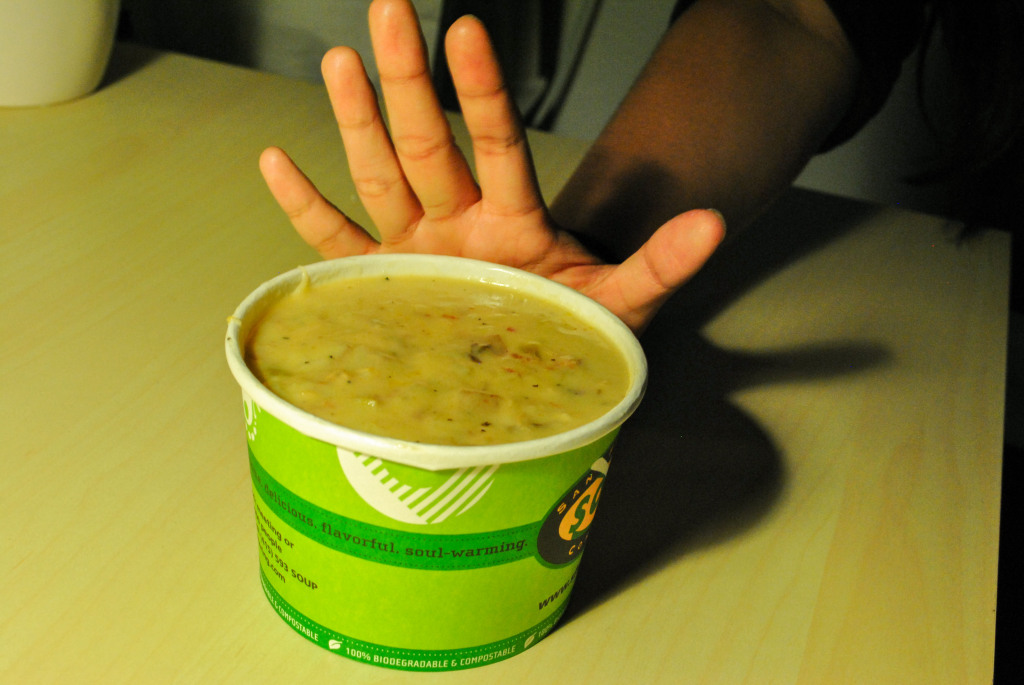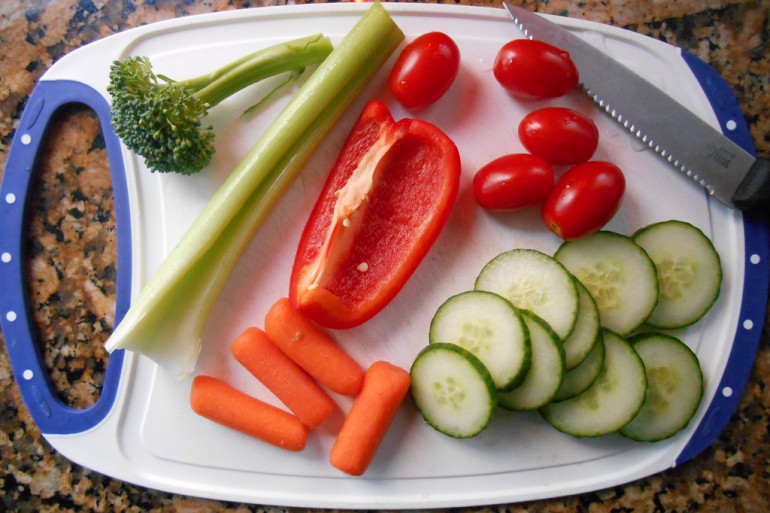Have you ever wondered why your favorite foods are different from everyone else’s or why you dislike certain foods that everyone else seems to like? Here, Spoon attempts to solve the mystery of food preferences.
Everyone is born with a preference for sweet, which provides energy, and an aversion to bitter and sour, which may indicate poisonous or unripe food. We are also geared to like fatty and salty foods, which provide necessary minerals and calories. However, bitter tastebuds genetically differ for individuals, affecting which foods seem delicious or disgusting to our individual taste buds.
Most of what makes different tastes seem unique is actually the smell of the foods. There are only a few types of taste buds, but the olfactory senses are more diverse and differentiate subtle smells as we eat. Everyone can smell all but one scent (a different scent for everyone), and this missing smell can make or break your love for the food in question. This may explain why some people like pungent smelling food; they can’t smell it! Olfactory senses also genetically differ, so each of us tastes food differently.

Photo by Kavitha George
Some people called “super-tasters” have more taste buds than average, while other people called “sub-tasters” have fewer. Super-tasters like milder foods because they can taste more from them, while extremely seasoned and flavorful foods can be overwhelming. Sub-tasters are just the opposite and tend to like heavily seasoned and usually spicier foods.

Photo by Anastasia Yip
Men are also more likely to crave salty, savory foods, while women crave more sweets. Although this seems to correlate with biological differences between men and women, it is also culturally driven. Men in the US are geared to like the “manly” meats because they will provide more protein – and supposedly build more muscle – while women are geared to “feminine” foods like vegetables that supposedly allow women to keep their “girlish figures.”

Photo by Jenna Birch
What your mother ate (or didn’t eat) during her pregnancy also plays a role. As a baby, you prefer food that you were exposed to in the womb. Up until toddlerhood, babies eat almost anything. Then, pickiness sets in for most kids, and they refuse to try new food.
The catch? We learn to like foods that we are repeatedly exposed to. Many parents stop trying to get their kids to eat foods that the kids claim they hate. In reality, kids and even adults will learn to like the food after enough exposure. Slowly exposing kids to friendlier versions, such as broccoli covered in butter, will eventually encourage kids to like the food by itself or in other dishes.

